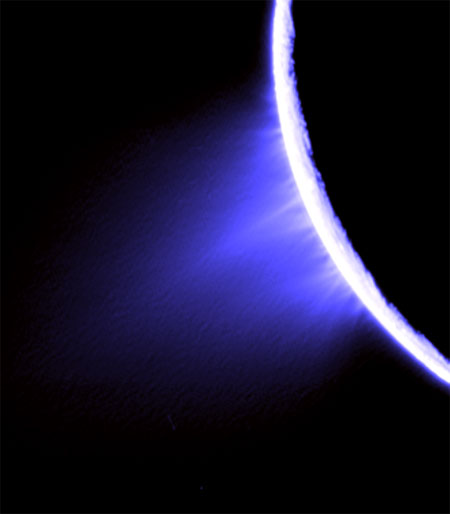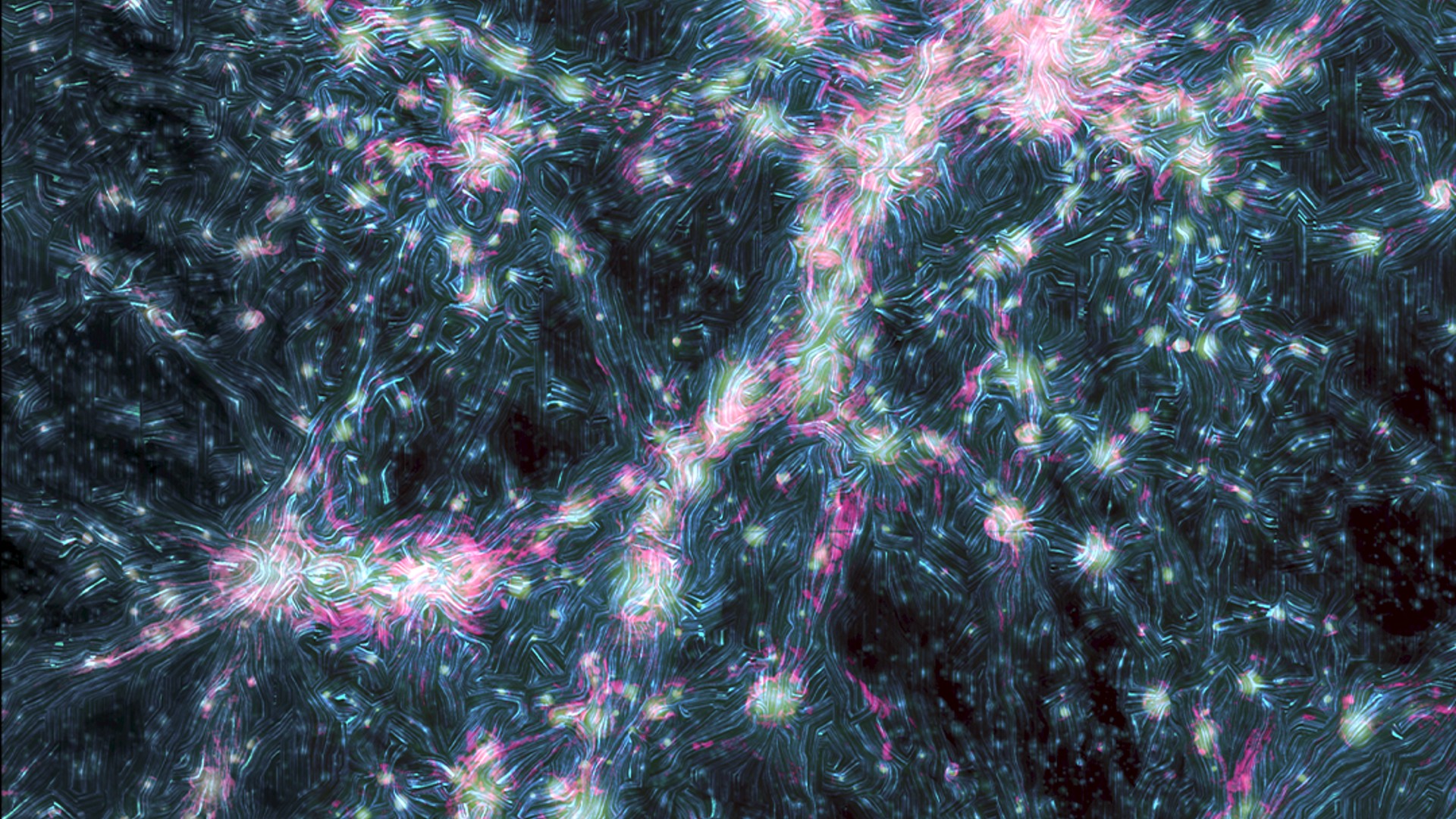Students to Take Command of Saturn Probe

NASA willturn control of the Cassini spacecraft at Saturn over to students for a day ina contest aimed at boosting interest in science among today?s youth.
An essaycontest for students in grades 5 through 12 will determine which of threescience targets Cassini will photograph on June 10, the space agency announcedlate Thursday. Cassini scientists regularly debate exactly which images of Saturn?smany moons and rings will produce the most science results, a task they areturning over to elementary and high school students for the ?Cassini Scientist-for-a-Day?competition, NASA officials said.
"It's a really fun wayfor kids to learn about Saturn and what the mission is doing," said RachelZimmerman-Brachman, an education and public outreach specialist with NASA's JetPropulsion Laboratory (JPL) in Pasadena, Calif., in a statement. "Students haveto do their own research to write their essay. That way, they learn how to askquestions about the solar system and what we still need to understand.
On June 10, Cassini will beabout 493,000 miles (793,000 km) away from Saturn and zooming toward the planetat about 13,400 mph (22,565 kph).
That gives the spacecraftabout 55 minutes to turn its camera eyes toward any target, though the Cassiniscience team narrowed the list of candidates to the Saturnian moons of Rhea,Enceladus and a section of the planet?s rings that contains the planet?s tinysatellite Pan.
In order to select a target,students must write a 500-word essay on exactly what image they want Cassini totake and discuss its scientific importance.
Cassini recently flew pastthe moon Enceladus, an icy satellite that spewsplumes of water ice from fissures at its south pole. Rhea is Saturn?ssecond largest moon and may sport its own rings justlike its planetary parent, Cassini researchers have said.
Get the Space.com Newsletter
Breaking space news, the latest updates on rocket launches, skywatching events and more!
Pan is a tiny moon, about12 miles (20 km) from pole to pole, and orbits Saturn inside a gap in theplanet?s trademark rings. Past Cassini studies have shownlarge bulges along the small satellite?s equator.
A panel of Cassini missionscientists, planners and JPL education officials will judge the entries andselect three winners; one each from elementary, middle and high school agegroups.
For more information and alist of NASA contest rules, clickhere.
- VIDEO: Enceladus, Cold Faithful
- IMAGES: Cassini's Latest Discoveries
- Special Report: Cassini's Mission to Saturn
Join our Space Forums to keep talking space on the latest missions, night sky and more! And if you have a news tip, correction or comment, let us know at: community@space.com.

Space.com is the premier source of space exploration, innovation and astronomy news, chronicling (and celebrating) humanity's ongoing expansion across the final frontier. Originally founded in 1999, Space.com is, and always has been, the passion of writers and editors who are space fans and also trained journalists. Our current news team consists of Editor-in-Chief Tariq Malik; Editor Hanneke Weitering, Senior Space Writer Mike Wall; Senior Writer Meghan Bartels; Senior Writer Chelsea Gohd, Senior Writer Tereza Pultarova and Staff Writer Alexander Cox, focusing on e-commerce. Senior Producer Steve Spaleta oversees our space videos, with Diana Whitcroft as our Social Media Editor.
